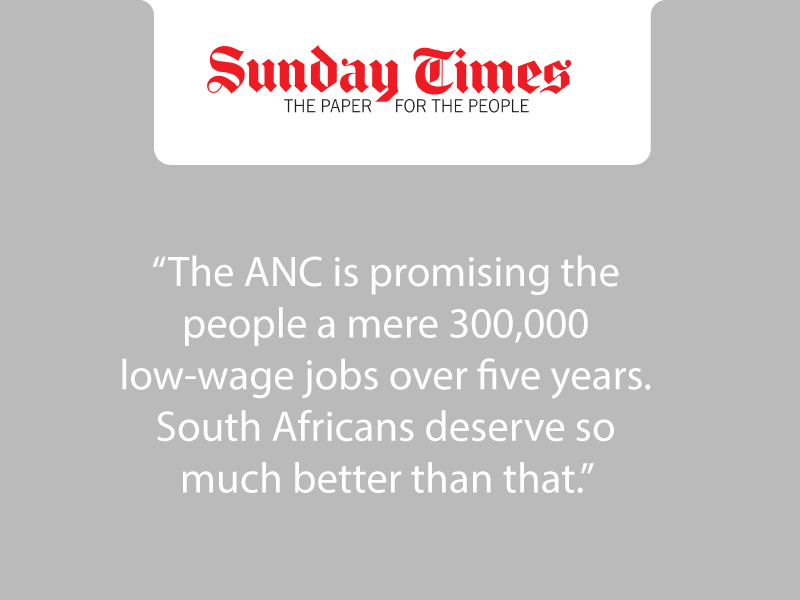
The current approach to land reform is too narrow, and does not take into account important new South African realities. For example, although it is not widely known the private sector is making a major contribution to land reform, and could do more
South Africa has a robust rural land market. It is estimated that over 5% of South Africa’s land is up for sale every year.
Little information is available about the racial breakdown of private land transactions as the Deeds Office does not classify buyers and sellers by race. Nonetheless, using surnames, pioneering research has been undertaken in two provinces (Limpopo, KwaZuluNatal). This research indicates that the value of properties transferred from whites to blacks by the market between 1997 and 2000 was five times higher than the value of land transferred by the state. Research in Limpopo points to the effectiveness of the market as a vehicle for redistributing ownership of agricultural land and suggests that ‘land transfers to blacks have occurred much faster when the government has not been involved.’ Thus despite the fact that white-to-white transfers dominate the land market, it is possible that the market is transferring as much or more land between whites and blacks than state land reform, and certainly transferring land worth more than that transferred under state programmes. A national study quantifying market redistribution is urgently needed.
This form of redistribution is not being taken into account when progress towards the 30 per cent redistribution goal is calculated.
Private sector organisations, including agribusinesses and co-operatives, have become increasingly involved in land and agricultural reform, and have achieved meaningful results. Our research has uncovered a wide range of private sector initiatives.
Two examples:
- The timber industry has established outgrower arrangements with over 12000 emerging producers. The companies involved provide these black farmers with free seedlings, interest free loans, technical advice, advance payments and most importantly a market.
- Over the past 30 years, the sugar industry has facilitated the development of small growers operating on communal land. There are now about 48 000 small growers, occupying 19 per cent of the land under cane. In 2004, the South African Sugar Association set up the Inkezo Land Company which aims to transfer 78 000 hectares of land to emergent growers by 2014, which will bring land redistributed by the industry to one third of its total land. If the model is successful, Inkezo also intends to branch out into land reform in other agricultural commodities.
Private sector initiatives taking place are voluntary, spread right across the country, and remarkably diverse. Unlike the relatively few government programmes, private sector land reform falls into at least 8 categories.
- Large-scale company or agri-sectoral initiatives directed at land redistribution – as in the sugar industry and as proposed in the stock owners industry (but there have been problems in implementation in the case of the later)
- Outgrower arrangements, for example in sugar, timber, cotton production.
- Sponsorship and innovative financing mechanisms offered by the banking sector to emerging farmers.
- Support from regional co-ops and agricultural / farmers’ associations to black emergent farmers. South Africa’s largest fruit exporter is facilitating the development of emergent farmers by investing in black-owned farms and by developing the ‘Thandi’ range, a label to be used by all fruit-producing farms with a significant black share-holding.
- Initiatives by sector-specific organisations – for example the National Wool Growers Association – to promote new black entrants. Inititiatives by agribusinesses to train black emerging farmers to produce the products they require – for example Monsanto International’s training in vegetable production in the Delmas region
- Share equity initiatives between farm owners/managers and workers – for example in the Western Cape wine industry
- New factories or processing plants that create new areas of black farming. An example of this is Stoney’s Peppadew in Tzaneen area.
In these and other areas, market mechanisms are matching supply and demand in subtle and various ways that state programmes cannot match.
It is important to note, once again, that these achievements have not been adequately quantified and are generally not included in official accounts of land reform progress.
- Ann Bernstein is the executive director of the Centre for Development and Enterprise. This article is based on CDE’s new publication,Land Reform in South Africa: A 21st century perspective




